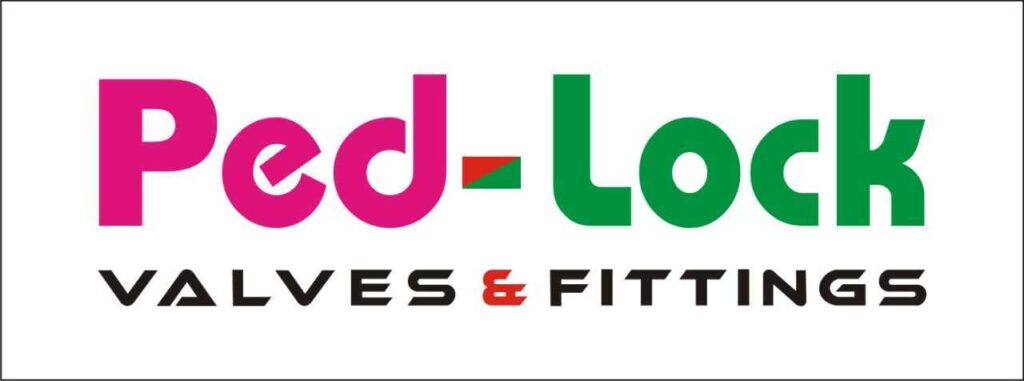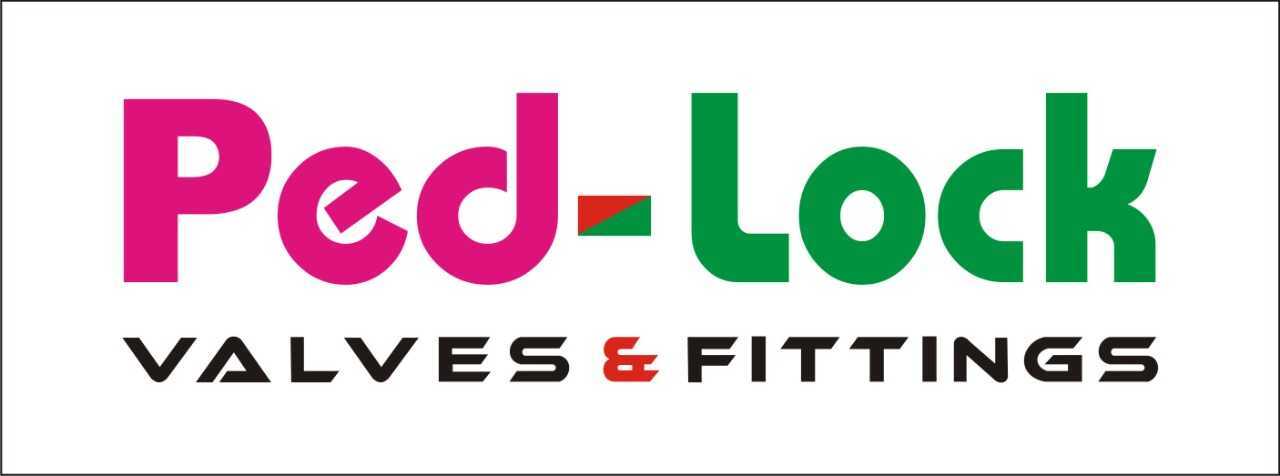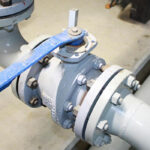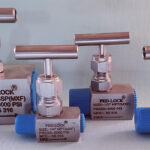What Vales Materials are Available and Why Do You Need to Consider Each of Them ?

At Ped-Lock Valves, we provide a variety of materials for ball valves. These valves are important for different industries, as they control the flow of liquids and gases. Read more about the different materials for ball valves here. Ball valves are often used in various processes. The use of ball valves in various industries has meant that several materials have been used in their manufacturing. This blog talks about the different materials of ball valves and what they are used for.
Ped-Lock ball valves are made from the best materials, and they are manufactured to the highest standards. They are suitable for use in various demanding applications, such as food, biotech, pharmaceutical, chemical, oil and gas, mining, power generation and more.
Ball valves offer a wide range of materials, from plastic to metal to ceramic. Metal ball valves are used the most, and this is the type of valve that we will focus on.
Types of Materials used for Ball Valves
1. Carbon Steel – WCB is a very common material for ball valves, and is often used in both cold and hot water applications. Carbon steel valves are not ideal for use in applications that are exposed to strong acids or bases, as the valves will corrode. Another disadvantage of carbon steel is that it is not ideal for extreme temperatures, and should not be used in temperatures below zero degrees Fahrenheit. WCB (as carbon steel is commonly called) is a type of cast alloy that exhibits good strength, toughness and ductility. It is typically used in structural applications with elevated temperatures and pressures. WCB is an iron-based alloy that is commonly used in a variety of applications including valves, fittings, flanges, pipes and ducting.
2. Stainless Steel – CF8 is not only stronger, but it’s also better in every aspect. That’s why CF8 is used in the most demanding and critical applications. CF8 has superior tensile yield strength than WCB. It also has higher impact strength, lower modulus of elasticity and higher thermal conductivity. CF8 is non-magnetic and has higher heat resistance, so it is ideal for applications with high operating temperatures. CF8 also offers a wider range of chemical resistance. CF8 is compatible with hot water, steam, seawater, molten salt, phosphates and many other chemicals. CF8 is the best choice for your ball valves, and our team can help you find the right solution for your valve application.CF8 is a grade of austenitic stainless steel used in applications where toughness, strength, and corrosion resistance are required in a non-oxidizing environment. It is used in the food, chemical, petroleum, and pharmaceutical industries. The alloy composition of 18% chromium and 8% nickel gives the material a high corrosion resistance. The high chromium content of this grade makes it suitable for many low-temperature applications such as cryogenic storage. CF8 is an excellent material for high-temperature applications where its high strength, toughness and corrosion resistance are required.
3. Stainless Steel – CF8M is a grade of austenitic stainless steel used in applications where toughness and high strength are required in a non-oxidizing environment. It is used in the food, chemical, petroleum, and pharmaceutical industries. The alloy composition of 18% chromium, 10% nickel, and 2% molybdenum gives the material a higher corrosion resistance. The high chromium content of this grade makes it suitable for many low-temperature applications such as cryogenic storage. CF8M is an excellent material for high-temperature applications where its high strength and corrosion resistance are required.
4. Super duplex stainless steel is a type of alloy which has both the characteristics of ferrite and austenitic stainless steel. The various grades contain about 25% of chromium and at least 5% of nickel. Because of its high nickel content, the alloy’s corrosion resistance is very similar to that of the 18-8 stainless steel with the addition of superior mechanical strength and creep resistance at higher temperatures. Duplex stainless steel is highly resistant to chloride pitting and crevice corrosion, but is not as resistant to sulfide stress corrosion cracking, although it is still considered a good choice for sulfide service. It is used in many applications where improved corrosion resistance, high strength, and/or constant magnetic susceptibility is required. It is the usual material of construction for nuclear power plant heat exchangers, process piping, and marine applications. Duplex stainless steel is an excellent material for chemical processing equipment, due to its superior resistance to acidic or caustic environments. It is also used for valves and pumps in the process industry.
5. Hastelloy is a nickel-based superalloy. Hastelloy alloys are resistant to corrosion in many chemicals and at high temperatures. They are typically used in applications such as nuclear reactors, chemical processing, steam boilers, and oil refineries. Hastelloy is widely used in the petrochemical industry and the chemical process industry. Hastelloy alloys are also used in power generation, marine applications, and metal forming operations. Alloys in the Hastelloy family have excellent resistance to many corrosive environments, as well as excellent mechanical properties at elevated temperatures.
We hope you enjoyed our article about various materials used for ball valves. Because ball valves are used in such a variety of industries, we are sure that you can find a valve that will work in your environment. With this knowledge, we know that you can find a ball valve that will work for you and your business. So what are you waiting for?



